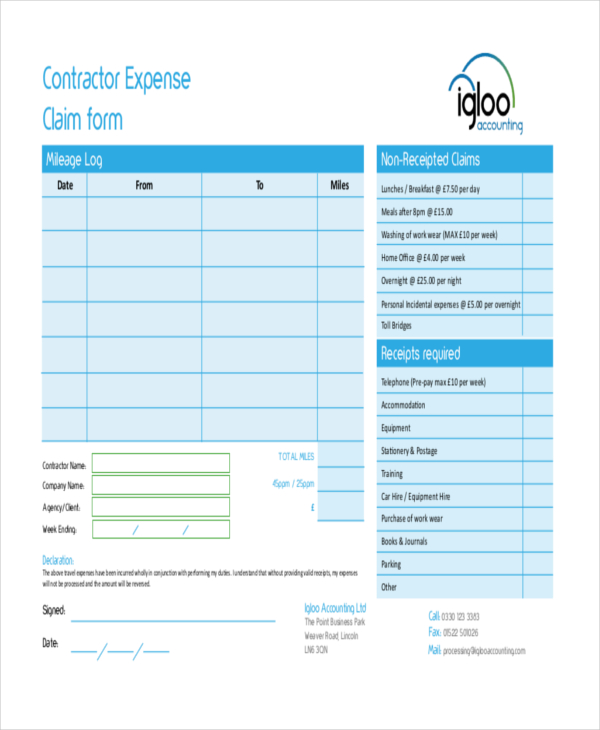

IHBC share the Social Housing Retrofit Accelerator Indoor air quality: 7 contaminants to be aware of Book review.Ĩ forward-thinking founder members with the GHA. This will make your list meaningful and complete.Įngland's seaside heritage from the air. It is like this in all English and American standard contracts except fidic silver book. Therefore, please include "differing site conditions" as a loss and expense item in your list. For unforeseeable ground conditions, It is requested by Contractor first and then, ascertained and instructed by Architect as variation. Variation is normally considered as a modification of design, quality or quantity of Works instructed by Architect. Thus, as opposed to many articles about JCT's being mute about "unforeseeable ground conditions") JCT includes "unforeseeable or differing site conditions clause " as a loss and expense item. In 5.2, it is mentioned in text, Variations required by direct Architect's instructions as identical to ones (first encountered by Contractor as "differing site conditions" and brought to Architects attention) subsequently sanctioned by Architect in writing ( as a valid variation). In 4.24, a Relevant Matter is described to include the matter described above which is not initiated by Architect directly. If Architect is of the opinion that regular progress has been or likely to be materially affected. if Contractor incurs or likely to incur loss and expense for which he would not be reimbursed under any provision in these Conditions due to regular progress of Works or any part of them has been or is likely to be materially affected by any of the Relevant matters the Contractor may make an application to the Architect/Contract Administrator. NB: The New Engineering Contract ( NEC3) contains provision for the contractor to claim payment for ' compensation events' rather than loss and expense.Īccording to JCT - Standard Building Contract, in Article 4.23. If there are specific consequential losses which the parties to the contract wish to exclude, it may be prudent therefore to state these explicitly within the contract.

There is disparity between contract types about whether items such as head office overheads can be included in claims for loss and expense, and some court rulings have allowed such claims. Direct losses are those that 'flow naturally' from the breach of contract. This need not necessarily result in a delay to the completion date, and so claims for loss and expense and claims for extensions of time do not necessarily always run together.Ĭlaims are restricted to 'direct' loss and expense and so ' consequential losses' (such as lost production) are generally excluded. The contractor must give written notice of a claim as soon as it becomes reasonably apparent that the regular progress of the works is being materially affected.


 0 kommentar(er)
0 kommentar(er)
